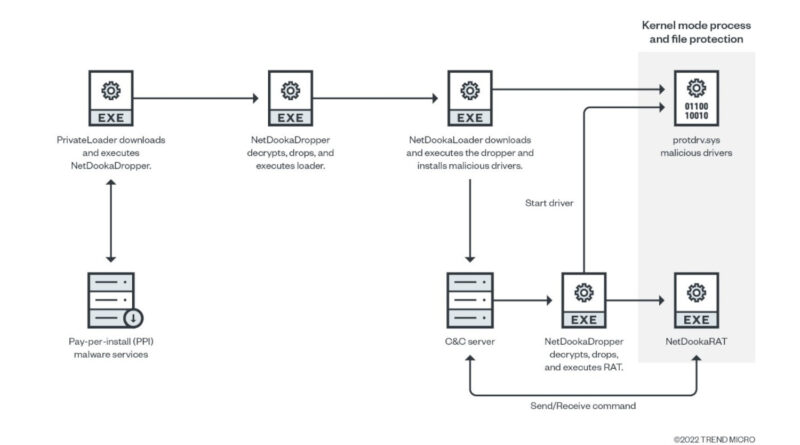S4x22: ICS Security Creates the Future
The ICS Security Event S4 was held for the first time in two years, bringing together more than 800 business leaders and specialists from around the world to Miami Beach on 19-21 Feb 2022. The theme was CREATE THE FUTURE. Read More HERE…










